I’ve suggested comments to help condense specific parts of the introduction to fit the 30-word limit. Let me know if you’d like further adjustments!
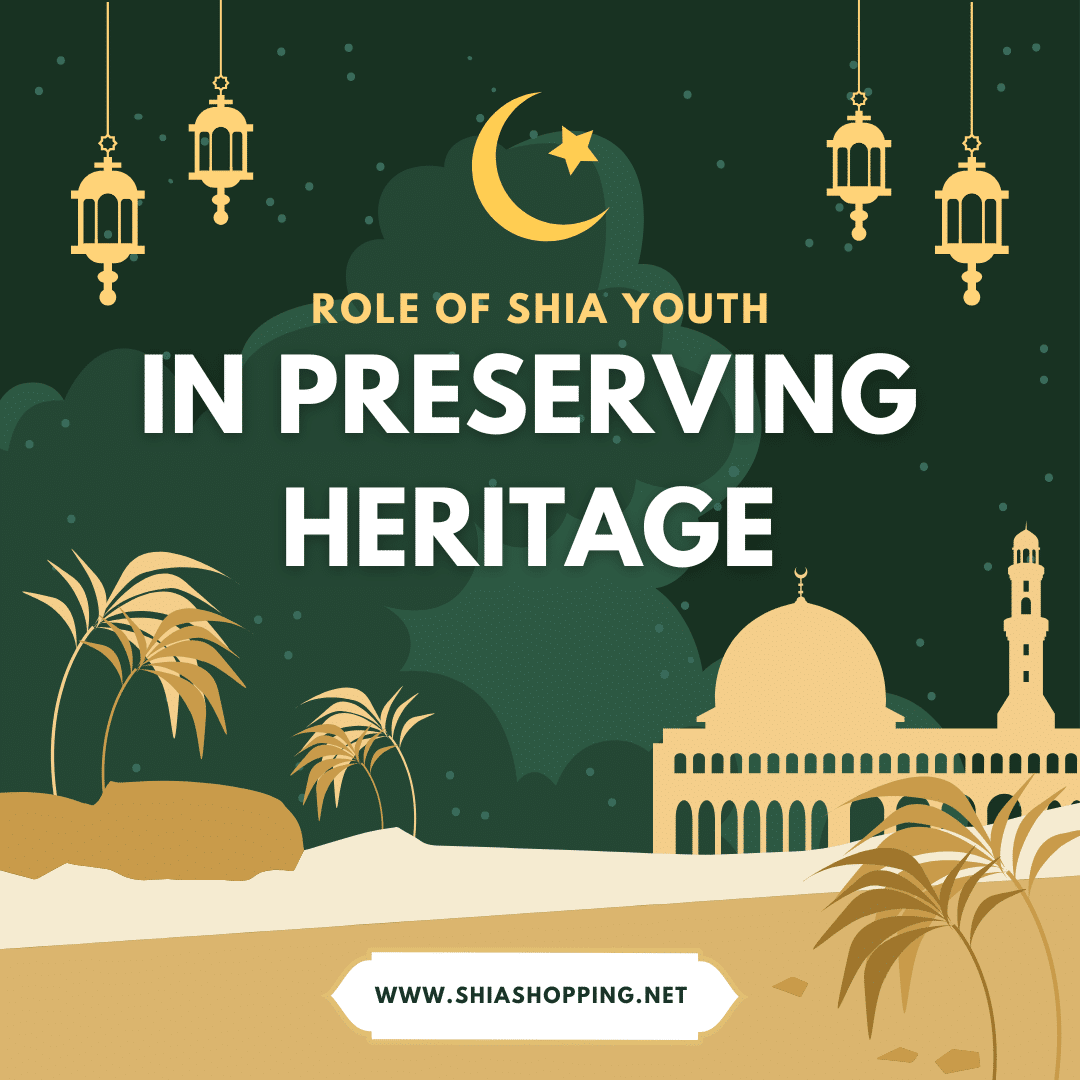

I’ve suggested comments to help condense specific parts of the introduction to fit the 30-word limit. Let me know if you’d like further adjustments!
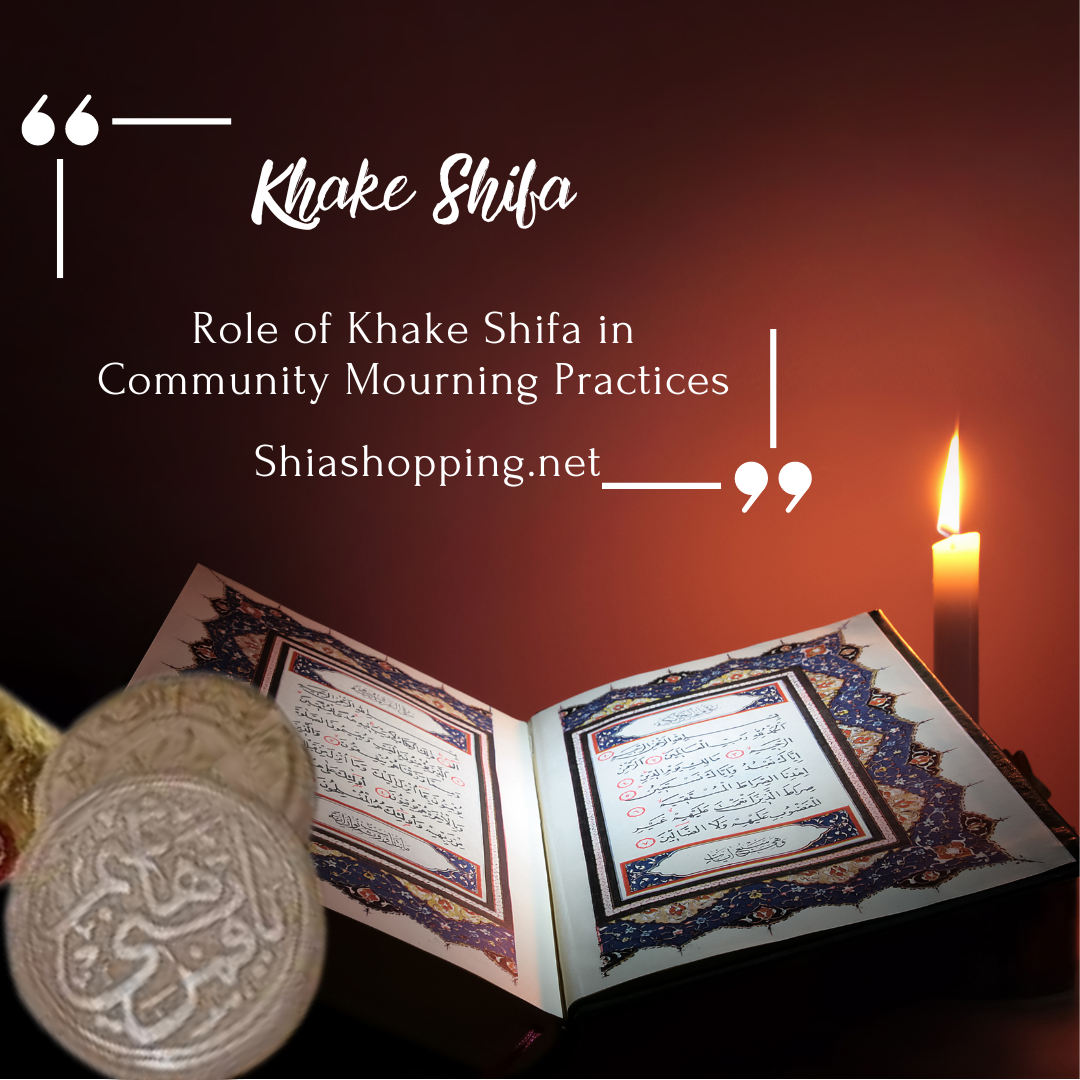
Khake Shifa, a sacred clay from Karbala, holds profound significance in Shia Muslim rituals, especially during mourning practices. Its role is deeply intertwined with the remembrance of the martyrdom of Imam Hussain, the grandson of Prophet Muhammad, and his companions during the Battle of Karbala. This clay is not just a physical substance but a […]

A Guide for Shiashopping Customers For Shia Muslims, the Turbah holds deep spiritual and religious significance, making it a sacred item in daily worship. However, like any physical object, a Turbah can become worn or broken over time. When this happens, it is essential to dispose of it in a manner that reflects its sacredness. […]

Turbah is crucial for Shia Muslims because it represents a deep spiritual connection to Imam Hussain and the sacrifice at Karbala. Used during prayer, it embodies faith, humility, and centuries of devotion, making it an integral part of Shia worship.
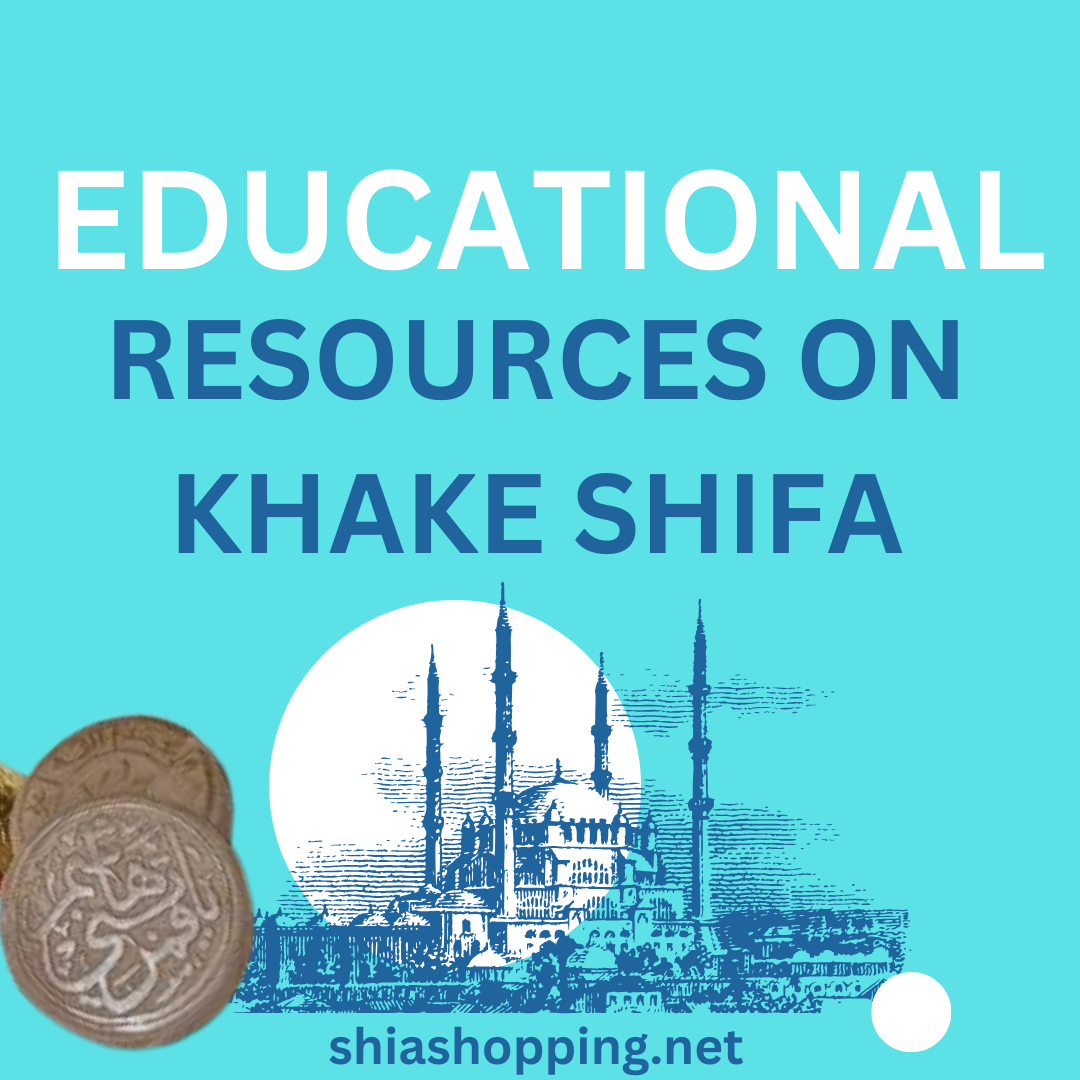
Educational resources on Khake Shifa are comprehensive, covering its spiritual significance, historical background, and practical uses in Shia Islamic practices. From books and scholarly articles to online courses and seminars, these resources offer in-depth learning opportunities. Libraries, religious institutions, and digital platforms provide access to a wealth of information, ensuring a thorough understanding of Khake Shifa. Whether through traditional or digital media, these educational tools help believers and scholars alike deepen their knowledge and appreciation of Khake Shifa’s role in Islamic spirituality.
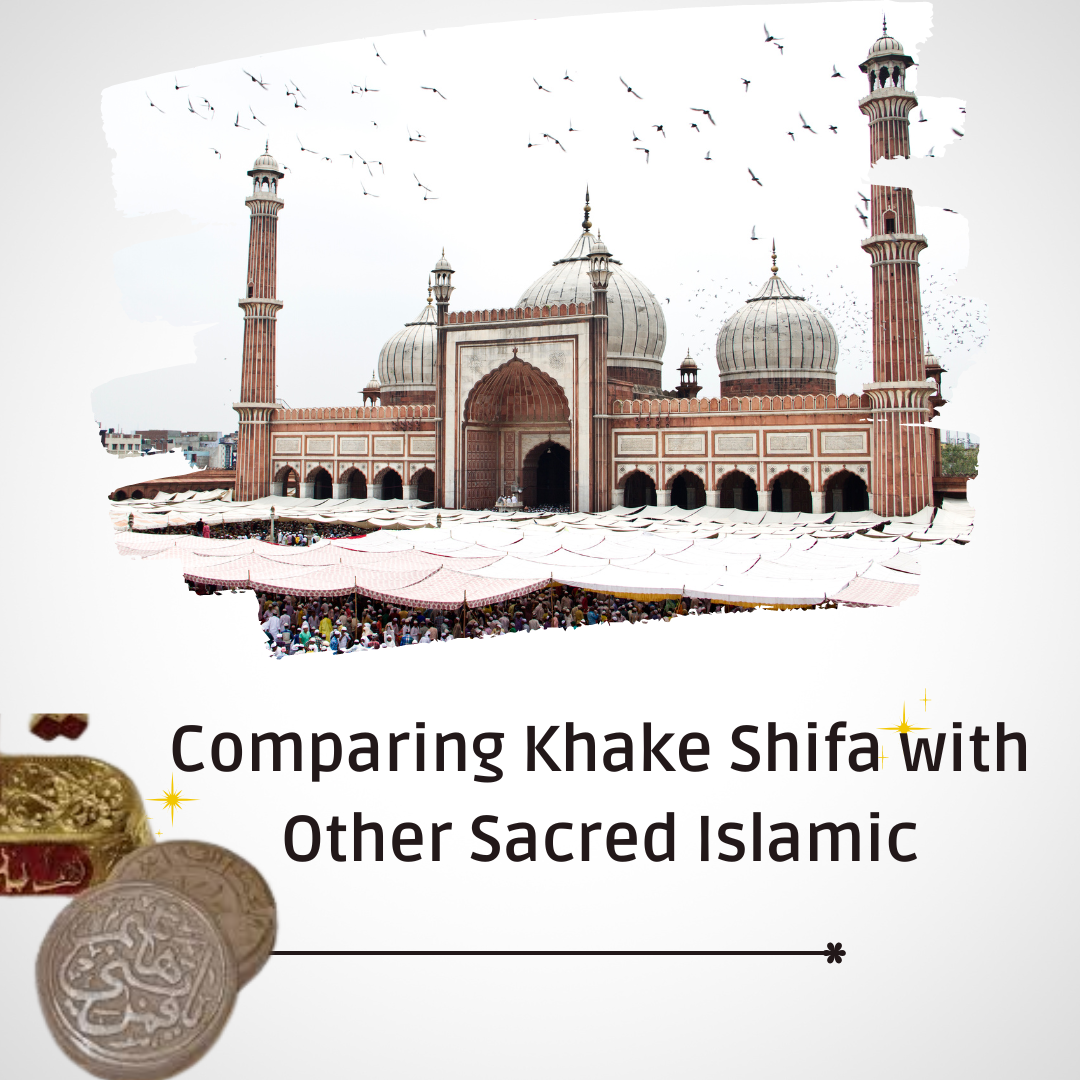
Comparing Khake Shifa with other sacred Islamic items reveals its unique role in Shia tradition, particularly its deep connection to Karbala. By comparing Khake Shifa with other sacred Islamic artifacts, we gain insight into its specific significance in healing, protection, and spiritual practices, showcasing its distinct place in Islamic faith.
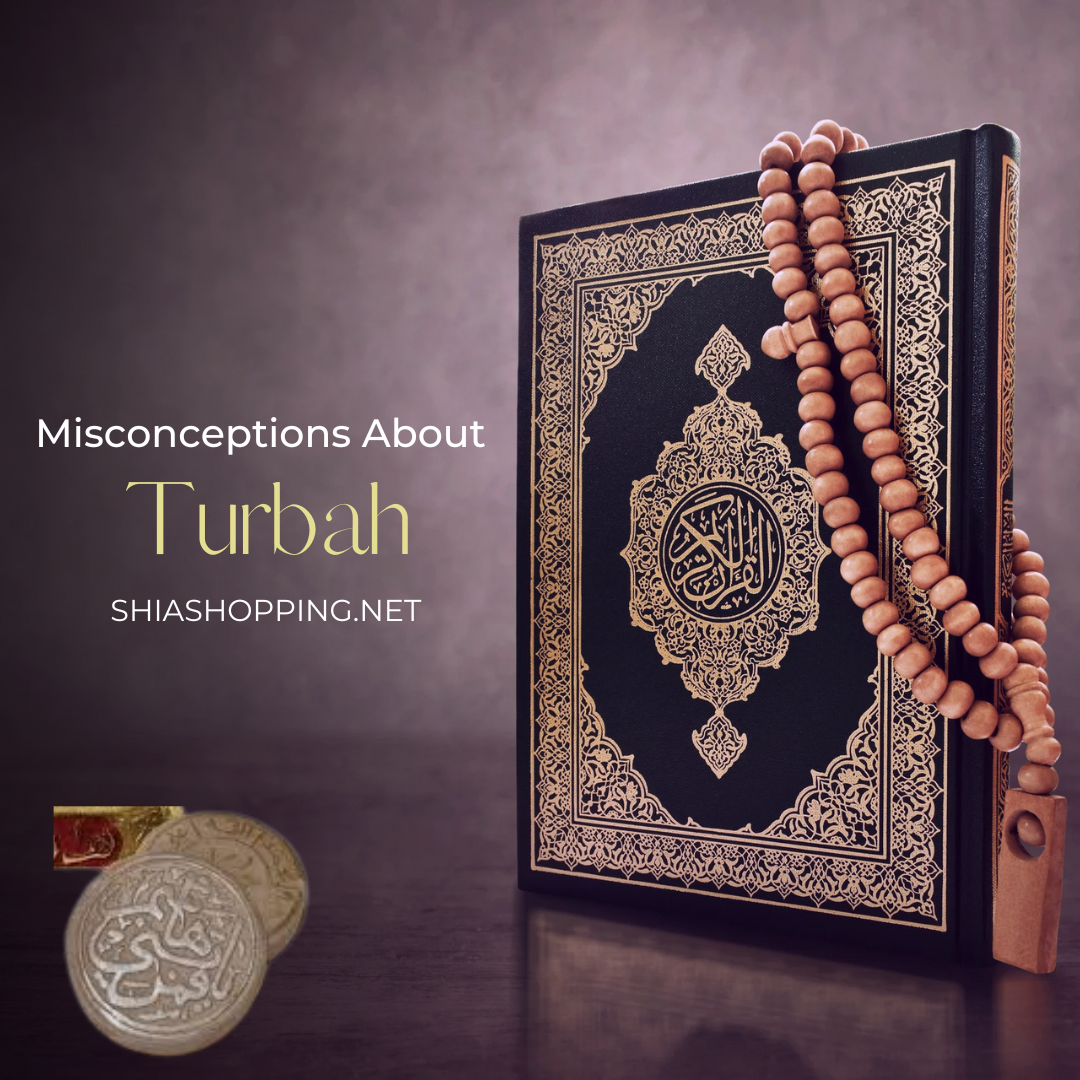
Turbah is often misunderstood as a form of idol worship, which is incorrect. Many believe it is exclusive to Shia Muslims, but some Sunnis also use it. Another misconception is that it must be made from Karbala soil, whereas any clean earth is permissible in Islamic practice.

Ayat al-Kursi jewelry symbolizes devotion, protection, and spiritual connection. It offers reassurance, warding off evil and fostering a sense of unity among Muslims worldwide. Wearing it is a personal expression of faith, cultural heritage, and a cherished gift for significant occasions.
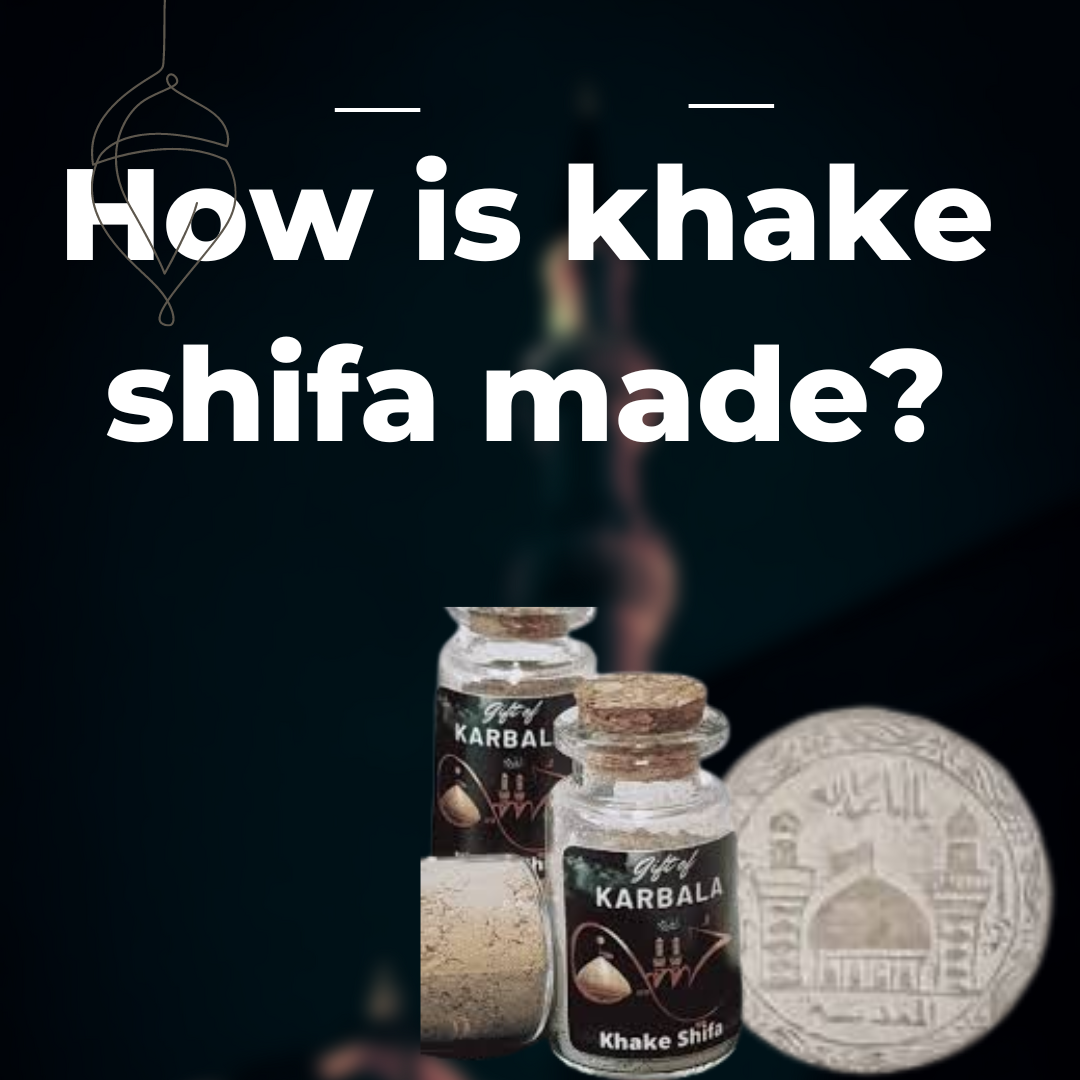
Khake Shifa is made by blending Multani Mitti (Fuller’s Earth), neem powder, turmeric, sandalwood powder, rose water, aloe vera gel, and honey. Neem leaves are dried and ground into a fine powder. This powder is mixed with Multani Mitti, turmeric, and sandalwood. Rose water, aloe vera gel, and honey are gradually added to create a smooth paste. The mixture is then stored in an airtight container. Khake Shifa is applied as a face mask or poultice, left on for 15-20 minutes, and then rinsed off with lukewarm water.
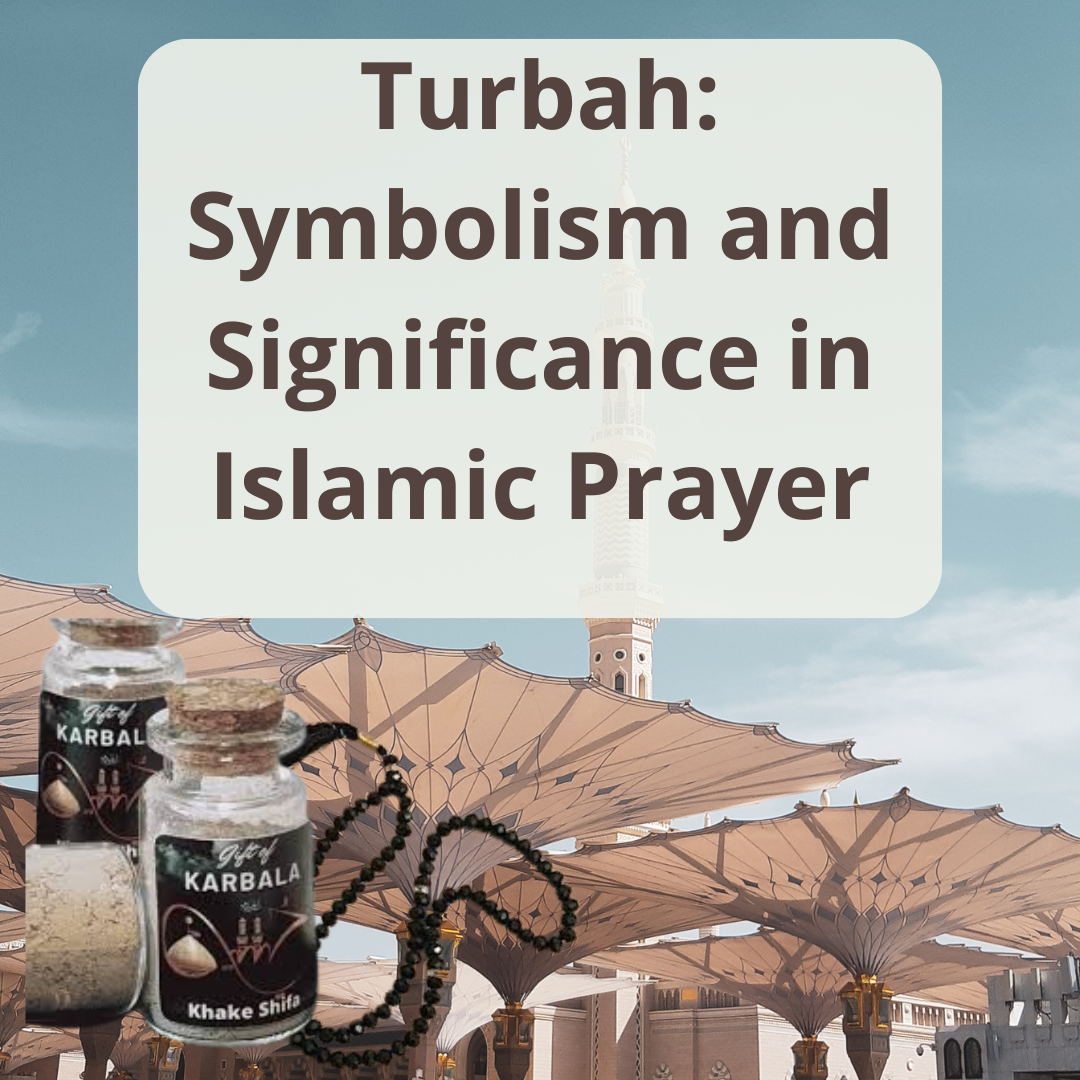
The turbah holds profound importance in Islamic prayer, specifically for supporting the head during prostration. It symbolizes humility, purity, and submission to Allah. By bowing upon the turbah, believers connect directly to the earth, embracing its natural purity and simplicity. This act fosters spiritual cleansing and a sense of unity among worshippers, transcending social barriers. Furthermore, the turbah carries historical and cultural significance, honoring the sacred heritage of Islam. Placing the forehead upon the turbah is a tangible manifestation of devotion, enriching the prayer experience and reinforcing the principles of faith and reverence.